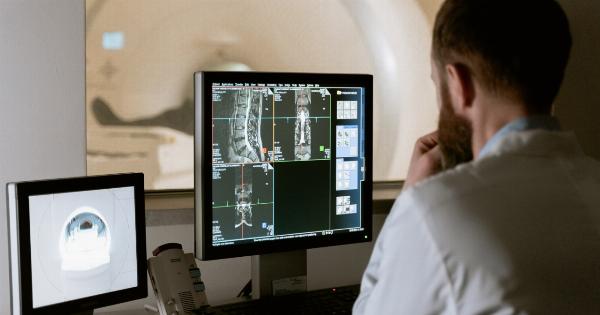Appendix size measurement is a valuable tool in the diagnosis and management of various medical conditions.
This article aims to explore the clinical relevance of measuring appendix size, its significance in different medical scenarios, and the various techniques used for measurement.
Anatomy and Function of the Appendix
The appendix is a small, finger-shaped pouch located at the junction of the small and large intestines. Its exact function is not well understood, although it is believed to play a role in immunity and the maintenance of gut flora.
Despite its small size, the appendix can be affected by various inflammatory and neoplastic conditions.
Measuring Appendix Size
Appendix size can be measured using various imaging modalities, such as ultrasound, computed tomography (CT), and magnetic resonance imaging (MRI).
Each method has its advantages and limitations, but CT is the most commonly used technique for measuring appendix size due to its widespread availability and ability to provide detailed anatomical information.
Clinical Relevance in Appendicitis
Appendicitis is the most common condition associated with the appendix, characterized by inflammation of the organ. Measuring appendix size is crucial in diagnosing and managing appendicitis.
An enlarged appendix, often exceeding 6 mm in diameter, is considered a strong indicator of appendicitis. However, appendix size alone cannot confirm the diagnosis, and other clinical features such as abdominal pain, fever, and elevated white blood cell count need to be considered.
Appendix Size in Appendiceal Masses
Appendiceal masses refer to complicated appendicitis cases where the inflamed appendix becomes adherent to surrounding structures and forms a mass.
Measuring the size of this mass is important for determining the appropriate course of treatment, whether it be conservative management with antibiotics or surgical intervention. CT scanning is often used to measure the size of appendiceal masses and evaluate their extent and involvement of adjacent organs.
Appendix Size in Appendiceal Tumors
Appendiceal tumors are rare, but when present, they can vary in size and characteristics. Measuring the size of appendiceal tumors is important for staging and treatment planning.
Imaging techniques like CT and MRI are commonly utilized to assess the size, location, and involvement of adjacent structures in these tumors. The information obtained from these measurements helps guide decisions regarding surgery, chemotherapy, and radiation therapy.
Measuring Appendix Size in Other Conditions
In addition to appendicitis, appendiceal masses, and tumors, measuring appendix size can be relevant in other conditions such as Crohn’s disease, ulcerative colitis, and cystic fibrosis.
In these conditions, an enlarged appendix may indicate inflammation or other disease-specific changes. However, further research is needed to establish the precise clinical implications of measuring appendix size in these scenarios.
Limitations and Caveats
Although measuring appendix size can provide valuable information in various clinical contexts, it is important to acknowledge certain limitations.
The interpretation of appendix size depends on several factors, including patient demographics, imaging technique, and individual variations. Moreover, the clinical relevance of measuring appendix size may be influenced by other factors such as patient symptoms, laboratory findings, and additional imaging findings.
Conclusion
Measuring appendix size is a clinically relevant tool in the diagnosis and management of various medical conditions, particularly appendicitis, appendiceal masses, and tumors.
Imaging techniques like CT, ultrasound, and MRI play a crucial role in assessing appendix size and providing essential information for treatment planning. However, the interpretation of appendix size should always be done in conjunction with other clinical and imaging findings to establish an accurate diagnosis and guide appropriate management.


























